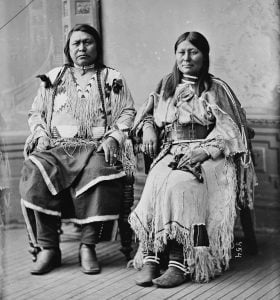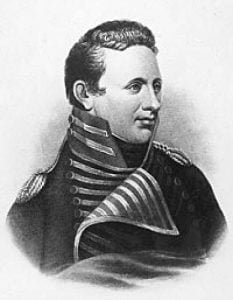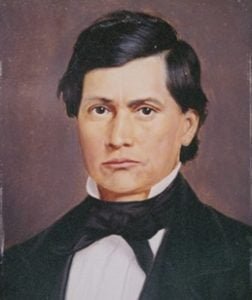Cyrus Harris, a significant figure in the history of the Chickasaw Nation, served as its governor during pivotal times. Born on August 22, 1817, near Pontotoc, Mississippi, Harris’s journey from a humble beginning to a prominent leader is a tale of resilience and dedication. His early education was shaped by missionaries and small schools that provided him with the basics of English education. Despite the early termination of his formal schooling, Harris demonstrated a profound capacity for leadership and cultural navigation, bridging the Chickasaw and American worlds. He worked variously as an interpreter, a clerk, and a land agent, roles that utilized his bilingual skills and intimate knowledge of Chickasaw and settler cultures. His political career was marked by efforts to protect Chickasaw interests during tumultuous times, including their forced removal west. Harris’s repeated election as governor speaks to his leadership qualities and the respect he commanded among his people. His life and career offer deep insights into the challenges faced by the Chickasaw Nation during the 19th century, a period of profound change and adversity.




